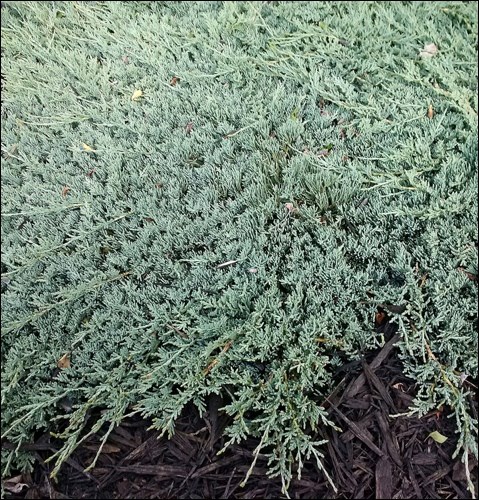When there’s a drought on many jurisdictions impose water restrictions when faced with the choice of ensuring there’s enough water to drink vs water to irrigate lawns. And even during non-drought times, it only takes a breakdown in water management infrastructure to quickly change from a water-rich to a water-poor situation. And we don’t have to be in an official drought to not see rain for weeks at a time.
The following practices will help promote a healthy and vigorous lawn with the result that your neighbours will be green with envy at how great your lawn looks, drought or no.
Soil Conditions
If establishing a new lawn, start by amending the soil with plenty of organic matter (e.g. compost or manure), especially sandy soils, to improve water and nutrient holding capacity.
In an established lawn, aerate once every two or three years to reduce compaction for better root growth and improved water penetration.
Mowing
Keep your lawn long, especially during drought. Mow no shorter than 6 – 7.5 centimetres. Never remove more than one-third of the grass at one time.
Keep mower blades sharp to reduce stress and speed recovery and regrowth.
Mow in early evening, after the heat of the day has passed.
Using your mulching option (i.e. leave clippings in place). This not only covers the small areas of bare soil between plants helping to reduce evaporation, it also adds organic matter to the soil over time, helping to retain soil moisture. Leaving the clippings in place also means that the nutrients the grass has absorbed are released back into the soil as the clippings break down instead of being transported to the landfill each week. Bottom line – fertilizer requirements go down.
Irrigation
Deep, infrequent irrigation promotes deep root development. Two to three centimetres of water at a time will wet the soil to a depth of 30 centimetres. Take into account natural precipitation when calculating how much water to apply each week.
Once per week is usually often enough, but when temperatures are high (30 C or higher), more frequent irrigation may be required.
Irrigate early in the day, when it is still cool, to reduce evaporation.
Irrigate low to the ground. Using an oscillating sprinkler that throws water high into the air may be fun to run through, but up to half may evaporate before it hits the ground.
Use an impact or other sprinkler head that produces large water droplets instead of a fine mist to reduce evaporation and wind drift.
Avoid irrigating on windy days.
Fertilizer
The typical fertilizer recommendation is to apply one to two kilograms of nitrogen per 100 square meters, split between two or three equal applications over the season. However, during a drought, cut back rate to avoid encouraging lush, water-needy growth.
Lawn replacement
The lawn is the most labour and resource (nutrient, water, equipment) consuming component of a landscape. Consider replacing your traditional lawn with a drought-tolerant ground cover. Alternatively, convert part of your lawn to a mixed border with drought tolerant trees, shrubs and perennials.
Drought-tolerant grass mixtures
The typical prairie lawn is composed of mixture of creeping red fescue and Kentucky bluegrass. On the one hand, it is nice to walk and play on and stands up well to use. On the other hand, it tends to need a lot of water to stay that way. Consider replacing the part of the lawn that you only look at with a drought tolerant (albeit less bare-foot friendly) grass mixture.
— This column is provided courtesy of the Saskatchewan Perennial Society (www.saskperennial.ca; [email protected]). Check out our Bulletin Board or Calendar for upcoming garden information sessions: Peony Show (June 26 & 27, Regina), Labour-and-Learn (June 27, 30), Open House & Guided Walking Tour @ Forestry Farm House (June 28), Hortweek @ University of Saskatchewan (July 4-12, ).
GardenLine is open for the season to solve your garden problems: 306-966-5865; [email protected]




